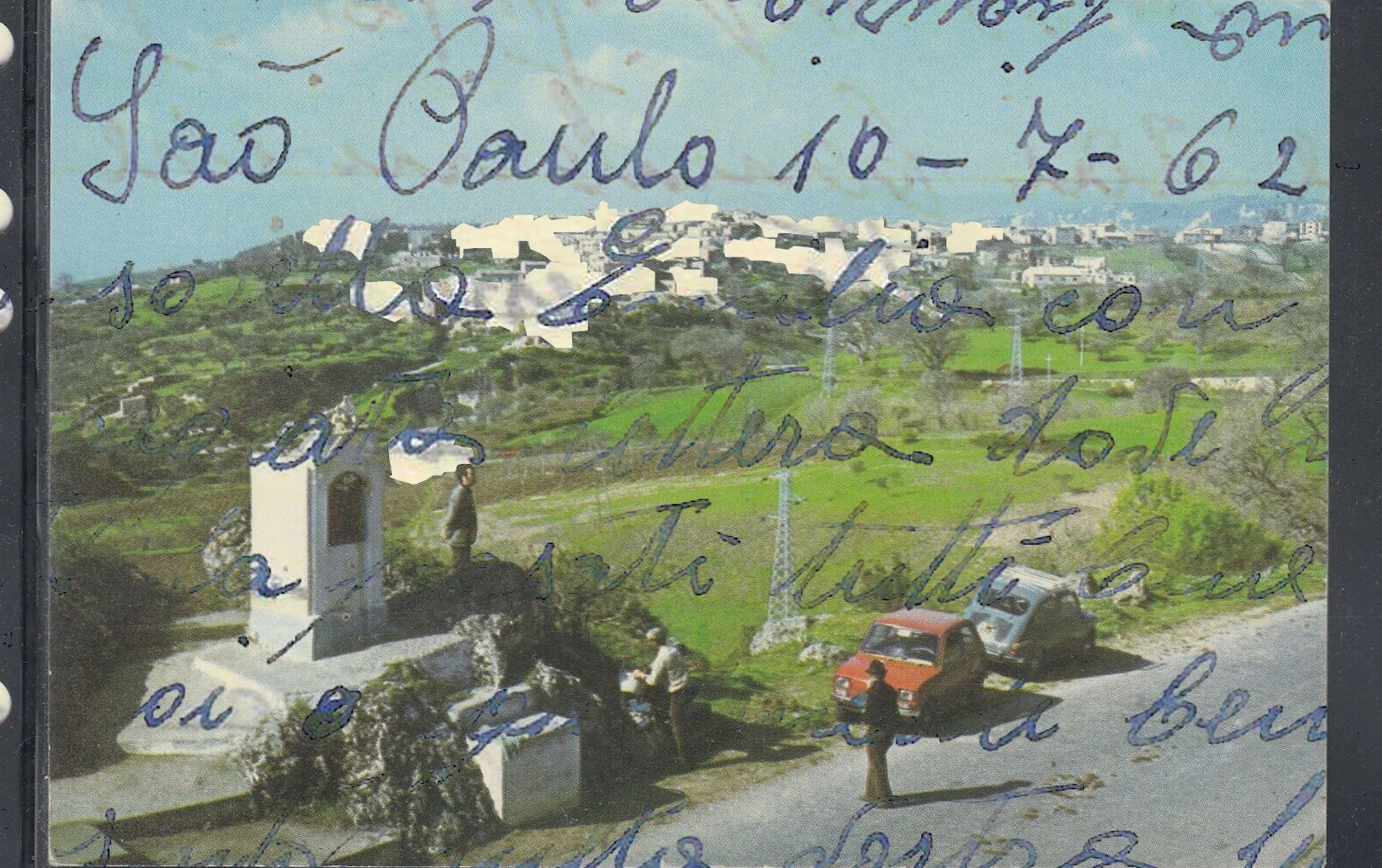OYSTERS (short film, 2025)
When a foreign element enters the shell of an oyster, a wound begins. Through layers of resistance and adaptation, the body transforms intrusion into matter of beauty. Filmed in Trouville-sur-Mer, the work is a metaphor of migration as a process of transformation shaped by friction and resilience.
genius loci (short film, 2024)
Genius Loci is a poetic docu-fiction set in a semi-abandoned village in the Calabrian hinterland, where memory clings to the landscape like dust on stone. Through a hybrid language that weaves documentary vocal fragments with fictional gestures, the film explores themes of disappearance, belonging, and the emotional weight of return. The story unfolds in a place suspended between past and present - a once-inhabited house, empty streets, and the lingering presence of those who left. At the centre is a wandering figure, an imagined drifter or a returned migrant, who moves through the space listening to its emotionally charged silences. This character evokes the genius loci - the protective spirit of place - reimagined here as a witness to absence, change, and the afterlife of rural migration. Shot in collaboration with local residents and rooted in my personal connection to the region, the film navigates a layered terrain of post-memory, generational loss, and depopulation.
Minimum Space (video essay + cyanotypes, 2024)
Puck is a queer woman in her 40s, from South Holland, who for 20 years lived in squats all over the Netherlands — until the ban of 2010. Since then, she’s been based in Maastricht – city that she affectionately addresses as a “conservative sh*thole”, due to Limburg’s extreme right-wing tendencies. Besides that, it’s a pleasure to hear her speaking about history, politics, her cat, and pretty much anything. She is very knowledgeable, and I will later find out that she used to be a journalist and a writer before becoming a train driver for Arriva, in Maastricht, to follow her childhood’s dream.
What does it mean to be a queer woman living in occupied spaces, mostly with people you don’t know, always in a different place? Can one ever feel to belong? But especially, to what extent do we need to belong somewhere?
She mentioned that time she squatted a farm in Elst, and there she built herself a round cabin to live in. About 5 meters of diameter, bed and oven included. This anecdote gets me overthinking about metaphors. Maybe we should learn to nurture certain ideals, get our hands dirty building ephemeral places, relations, societies. How can we teach ourselves to actively inhabit, and to inhabit the present? The inability to have total control over time-related matters shouldn’t prevent us from – at least – imagining alternative futures, the hands-on kind of imagining.
genius loci as a drifter / i concetti instabili (documentary, 2025 - ongoing)
genius loci as a drifter is a transatlantic exploration of memory, migration, and fractured identities. Rooted in the ruins of abandoned houses in Calabria, Southern Italy, the project begins with a box of old letters and photographs — remnants of a family dispersed by the waves of Southern Italian emigration to Brazil. From these fragments, the work traces a route across generations, oceans, and dislocated timelines.
The Latin term genius loci — the protective spirit of a place — becomes a drifting presence in this film, moving between geographies and temporalities. Guided by the methodology of the dérive and influenced by post-memory, the work unfolds through film, archival material, poetic writing, and photography. It reflects on how personal and collective histories are carried, distorted, and reimagined across time and space.
Set between Calabria and São Paulo, the project surfaces themes of loss, hybridity, and transformation, questioning dominant narratives of migration. Language and image become unstable carriers of history — layered, reinterpreted, and shaped by displacement.
By weaving together several voices, genius loci as a drifter invites viewers to consider the politics of remembering and forgetting, and the poetics of belonging in motion. The work resists closure, embracing fragmentation as a form of storytelling that mirrors the emotional and spatial dislocations of migration.
In Apnoea
(video + cyanotypes, 2024)
takes a closer look at the phenomenon of eutrophication in the Southern North-Sea, caused by the pollution of nutrients coming from agricultural land because of the massive use of fertilizers. I investigate the death’s aftermath of a specific colony of algae, the Phaeocystis Globosa, that thrive in the abundance of nitrogen and phosphorus and – at the end of their life cycle – are turned into foam by the whipping of the sea waves. The foam is a threat for the marine environment because it triggers anoxic events, meaning it depletes the sea of its dissolved oxygen. The project builds on the idea of suffocation of bodies of water and blurs the boundary between human and more-than-human breath. Not only does the thick accumulation of white foam in the water and on the shore represent a risk for the marine ecosystem, but it also proved deadly for humans, taking the life of 5 surfers in 2020 on the beach of The Hague.








